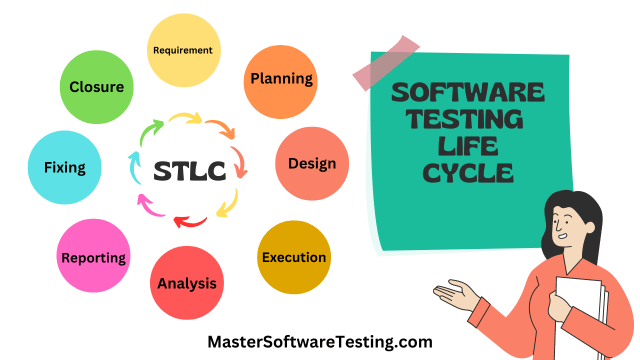
4/24/2023
My latest article - What is Exploratory Testing? Learn with a real world example
 Mastering the
Test Execution Phase in the Software Testing Lifecycle
Mastering the
Test Execution Phase in the Software Testing Lifecycle
Test execution phase of the Software Testing Lifecycle (STLC) is the process of running the test cases against the software to verify its functionality. A well-executed test execution can help to ensure that the software is free of defects and meets the requirements.
In this article, we'll delve into the Test Execution phase STLC. You'll learn the steps, deliverables, entry and exit criteria, risks, schedules, and tips for performing this phase effectively.
Test execution is the fourth phase in the software testing lifecycle, after test requirement analysis, test planning, test design and before test analysis.
 Phases of the Software
Testing Lifecycle
Phases of the Software
Testing Lifecycle
 Steps in
Test Execution Phase
Steps in
Test Execution Phase
 Entry and Exit Criteria for Test Execution Phase on STLC
Entry and Exit Criteria for Test Execution Phase on STLC
Risks
Schedule
The test execution schedule should be realistic and achievable. It should take into account the following factors:
 Tips for
Performing Effective Test Execution Phase
Tips for
Performing Effective Test Execution Phase
The Test Execution phase is a critical part of the Software Testing Lifecycle.
By understanding the steps, deliverables, entry and exit criteria, risks, and schedules, as well as implementing effective test execution strategies, you can